Bringing Art Home:
Creating an Accessible Virtual Gallery
The "Hugh Lane at Home" project is dedicated to creating an inclusive, mobile-first website for the Hugh Lane Gallery. This website aims to provide an enriching virtual art experience, particularly catering to individuals who are immunocompromised and must isolate due to health risks, like during the COVID-19 pandemic.
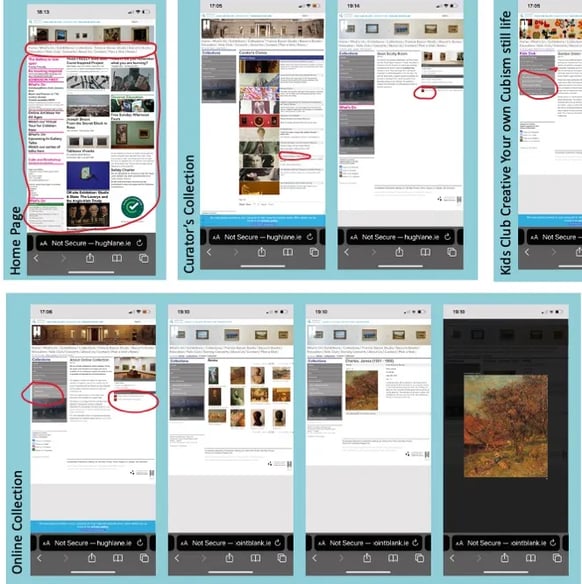

Target Audience
The primary users are:
Individuals with immunodeficiency disorders.
Patients undergoing cancer treatment or recovering from organ transplants.
People with autoimmune diseases such as diabetes, rheumatoid arthritis, lupus, and multiple sclerosis. These users require accessible, engaging online experiences to support their mental well-being and alleviate the stress of isolation.
Problems Identified
The website is not responsive difficult to navigate on mobile.
It is cluttered and confusing difficult for someone with physical or cognitive impairments.
The online art collection is very slow to load and has many broken links.
Navigation on the site is not intuitive and can be difficult to locates certain sections.
Research Methodology
The research focused on understanding the needs and challenges of immunocompromised individuals. Key psychological principles and accessibility guidelines were applied to design a user-friendly website. Research methods included:
Empathy studies to understand user experiences and challenges.
Reviewing accessibility needs, focusing on visual, motor/mobility, cognitive, and hearing impairments.
Studying the positive impact of arts engagement on mental and physical health.
Research Goals and Objectives
The goals were to:
Create an accessible and engaging online art experience.
Minimize cognitive load through intuitive design.
Ensure the website is inclusive, catering to users with various disabilities.
Provide a sense of connection and mental stimulation through virtual art exploration.
Key Research Findings
Immunocompromised individuals experience severe isolation, impacting their mental health.
Engaging in arts has been proven to have positive effects on both mental and physical well-being.
Accessibility considerations such as high contrast colors, alt text, large and well-spaced text, and clear navigation significantly enhance user experience.
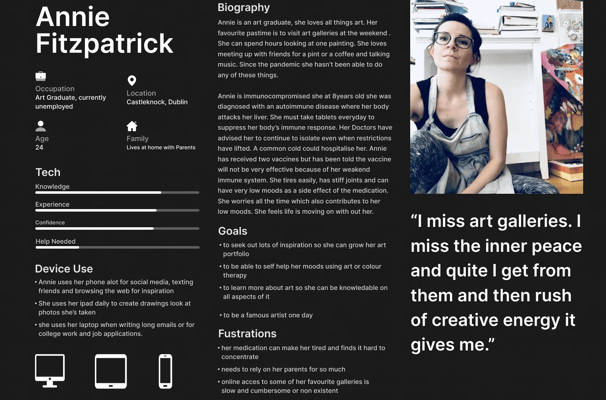

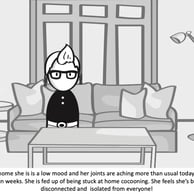
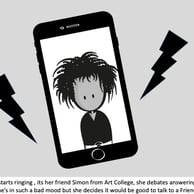
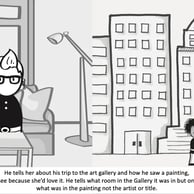
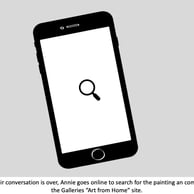
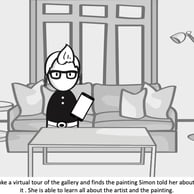
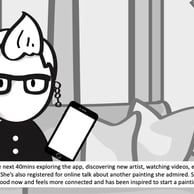
Design Solutions
The proposed design solutions include:
A mobile-first, user-friendly website layout.
High contrast colors and well-spaced text for better readability.
Alt text and audio descriptions for images, ensuring content is accessible to visually impaired users.
Video and audio content with transcripts for inclusive engagement.
Clear, intuitive navigation to reduce cognitive load and enhance usability.

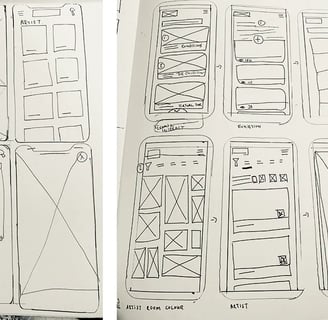
Prototyping and Testing
The prototype design incorporated:
Simplified navigation and chunked information.
High contrast and accessible visual design.
User testing with feedback loops to ensure the design meets the needs of the target audience.
Iterative improvements based on user feedback to enhance usability and accessibility.


Walk Through
Conclusion
The "Hugh Lane at Home" project successfully demonstrates how psychological principles and accessibility considerations can create a valuable virtual art experience for immunocompromised individuals. The website not only provides mental stimulation and cultural engagement but also fosters a sense of connection and well-being for users isolated due to health concerns.
© 2024. All rights reserved.
